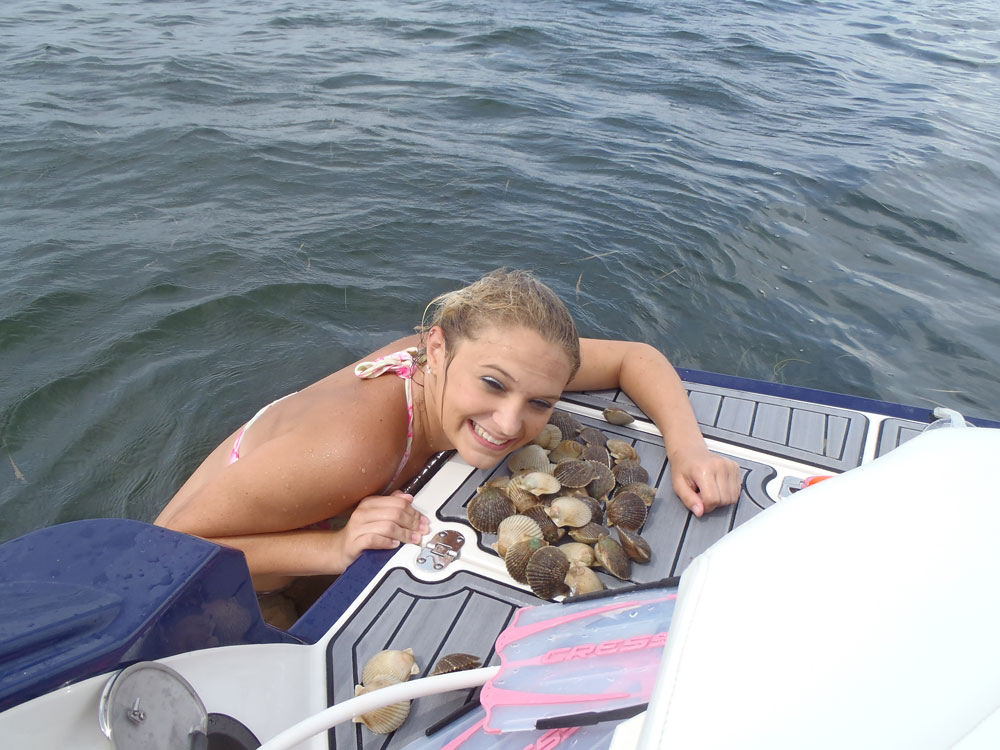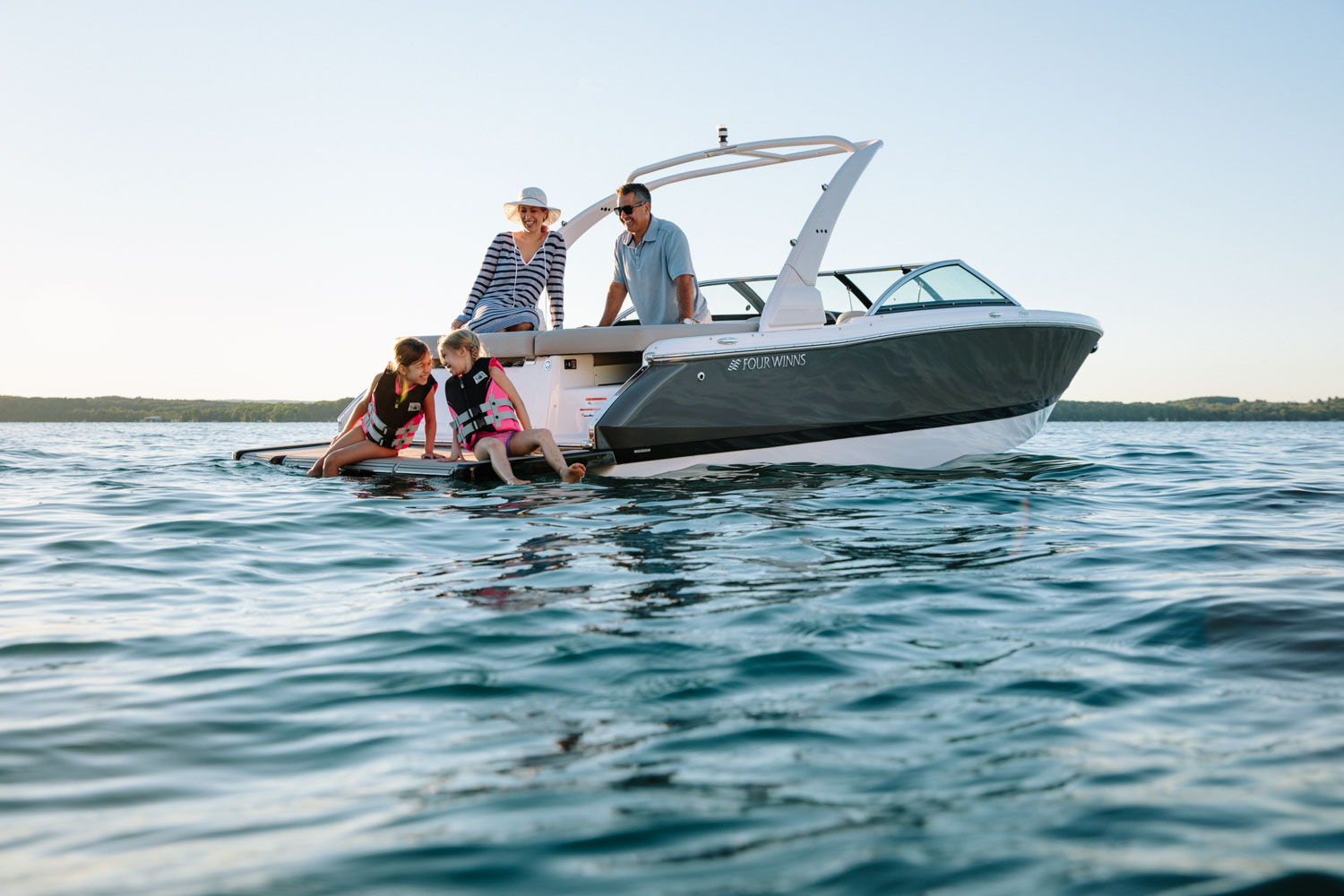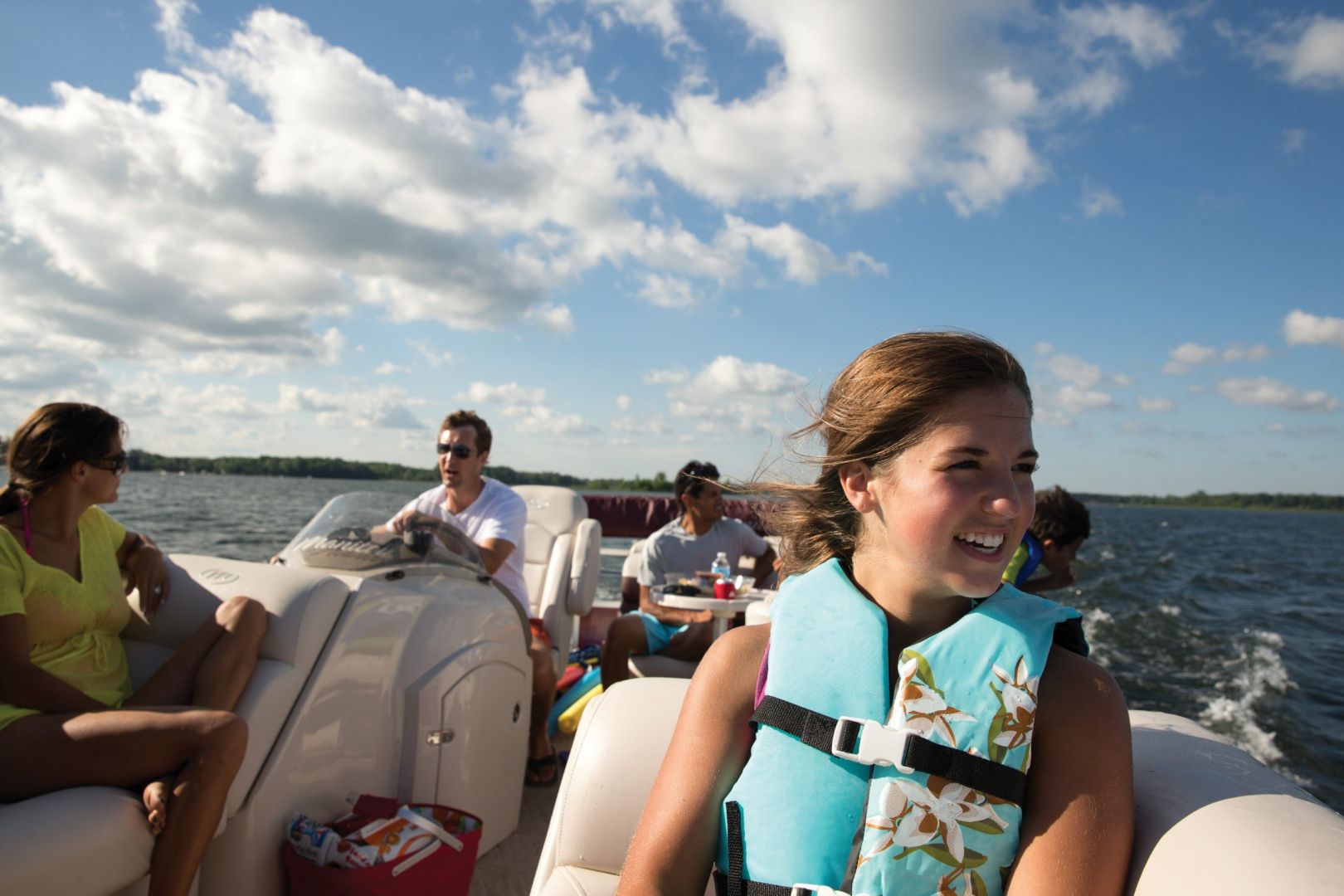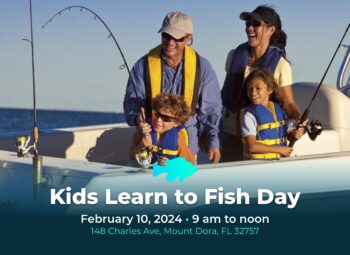Scalloping Season Has Begun!
Why is July 1 st the best day in the life of a boater? Scalloping season begins!
Technically it begins earlier if you’re fishing further north, up around Steinhatchee, but for us here in the
central Gulf area our season is July 1 st thru September 24 th . These dates include the most popular
destinations for Central Florida boaters, the Crystal and Homosassa Rivers. Choosing when you go
makes a difference in your catch, scallops are bivalve mollusks and only live about a year. Earlier in the
season you’re likely to find more scallops, however they will be smaller. Later in the season they are
larger, until they spawn around September 10 th , then 99% of them die off.
If you’ve never been here’s what you need to know, starting with a list of essentials:
Saltwater fishing license (ages 16-65)
Sunscreen
Water proof camera
Basic snorkel gear, mask snorkel and fins
Water shoes are a good idea to prevent cuts or stings
Diver down flag (20X24) and equipment to display high on the boat
Typical required boat safety gear (flares, horn, extinguisher, etc)
Plenty of water to stay hydrated
A mesh bag to carry your scallops as you swim
Scoop net if you prefer
An extra cooler to keep your catch on ice
Gallon sized bucket for measurement of your catch
Spoons for cleaning the scallops
Tidal patterns for the day you’re going out
Plan to start your day early, local boat ramps get busy quickly, expect a 30 minute wait time to launch.
You’ll be motoring thru shallow grassy water, consider an on the water assistance membership like Sea
Tow or Boat US. You may want to avoid days with strong westerly winds, the goal here is a relaxing day
floating in the water, not a work out! Research the tidal patterns for the day, the best time to find
scallops is when the current is minimal so the water stays clearer and the grass stands still.
Be sure to follow the channel markers all the way out when leaving Crystal River or Homosassa, there
are plenty of sand bars and rocky areas you don’t want to find. I’d strongly suggest a GPS with the
correct west coast card installed to help avoid these areas of misery. Don’t worry about finding the
scallops, once you’re in the gulf you can’t miss the hundreds of boats that will have already worked their
way into the grassy beds. Now you’ll have the option to move in to shallower grass beds, you can find
scallops in anywhere from 4ft to 8ft of water. Often times you’ll find a higher density of scallops in
deeper water, but if you have little swimmers you may want to move in shallower to make this more
enjoyable for everyone. Don’t forget, pay attention to the tides!

As you move in closer look for other boats with their diver flag deployed, stay 100 yards away and pay
attention for wandering swimmers, they won’t see you. Once you find yourself in the midst of the other
scallop hunters, start peeking down below as you idle thru to the depth you’d prefer. You’re looking for
nice healthy green sea grass, not just sandy bottom. If the water is clear, this is best for the hunt, you
may be able to spot a few scallops from the boat. Once you find the spot you’d like to try, drop anchor!
Be sure to deploy your diver down flag before any of your guests jump in for safety. One adult should
stay onboard the boat keeping a head count of swimmers. You’ll typically find scallops are sitting hinge
side down, you’ll notice all the shiny blue eyes facing up at you, often the dark side of the shell is what’s
visible. Look along the edge where the sandy bottom meets the grass line, they often end up stuck
there. You can use a net if you’d prefer, or you can simply reach down and grab them, but be quick,
they can swim off too! Look around carefully when you go down to grab one, you’ll often find 2 or 3 in
the same area. Here’s where the mesh bag comes in handy, you can keep your catch in the bag as you
swim around looking for more, then dump them in the cooler of ice when you return to the boat.
Remember scallops do move around with the tide, just when you think you’ve covered an area, you’ll
find some you missed.
You’ll want to keep the water drained from your scallop cooler, if the scallops are dropped in cold water
they will clamp down tight making the cleaning process much harder later in the day. The catch limit for
our area is 2 gallons of scallops in their shells per licensed person, or 10 gallons for the boat. You may
want to bring a bucket with you to verify, law enforcement will be present and inspecting for bag limit.
There is no size limit for the individual scallop.
Keep an eye on the sky, summer storms are typical and can come up quickly. Be prepared to pull anchor
and move to a safer area should a storm approach. Remember heading back towards the river isn’t
always the safest direction in a storm.
There are a couple hazards of scalloping, keep an eye out for sting rays, sea urchins and jellyfish. Don’t
let them spoil your trip, just something to remember. Don’t be surprised when you see some of the
oceans other treasures like star fish, sea horses, sea turtles, and several types of fish as you’re swimming
around! Take a water proof camera!
Finally, cleaning your catch. Keeping your scallops on plenty of fresh drained ice will make this part
easier, the scallops with usually open for you. Simply put one in the palm of your hand, and use a
kitchen spoon to slide into the top or bottom edge of the shell to break the muscle from the shell. Then
carefully pull the gut package away from the other side, it will usually come off in one clean swipe. You
can leave the muscle on the second shell for balking, or remove completely for other recipes. Again
keep your scallops on ice and dispose of the shells appropriately.






